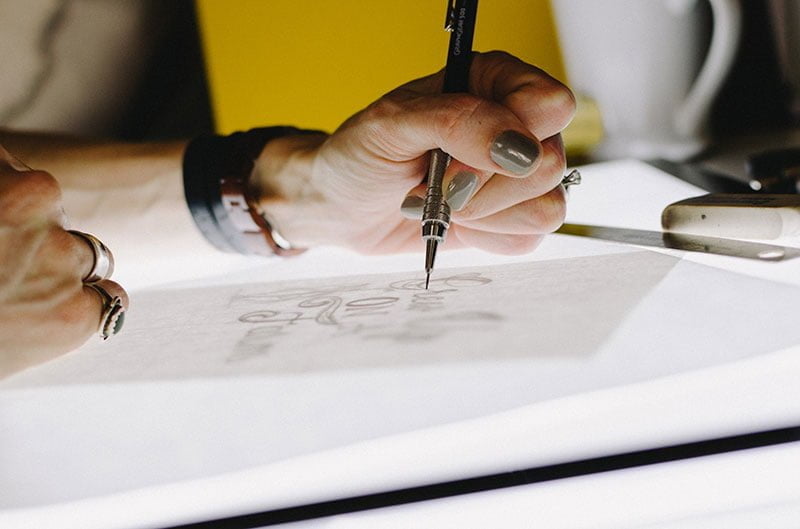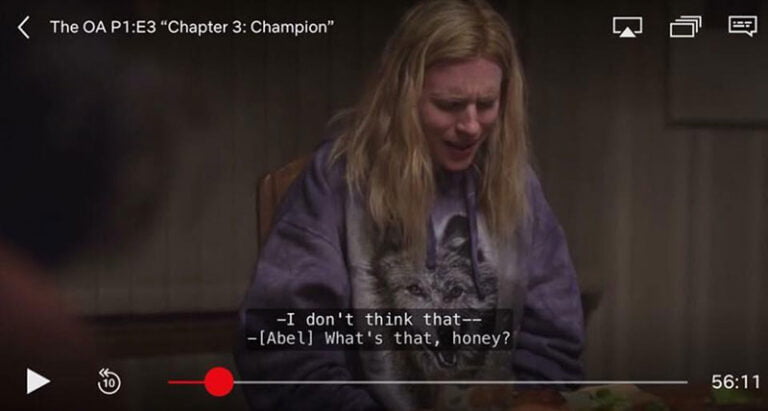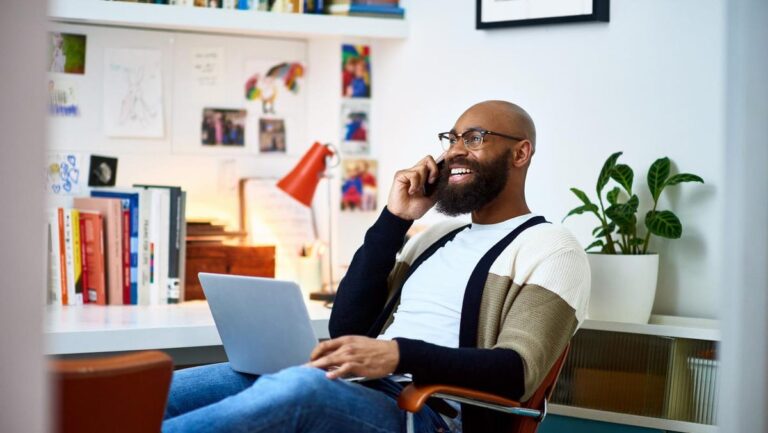
Creativity is something that seems to come naturally to some and less easily for others. While it can seem like an easy task, creativity can be influenced by many factors in your daily life. Look at your routines and habits: are they helping you foster a creative mindset?
Learning to be creative is something that takes a commitment. You have to make lifestyle changes and create new approaches to your daily routines. These don’t have to be scary changes, though. Check out the list below to see what our experts recommend for people who are looking to foster a creative mindset.
Have Fun
Table of Contents
Being creative isn’t something that can be forced. Creativity flows best when you’re excited and having fun with ideas because you find something that you’re working on intriguing. It isn’t always easy to get excited about what you’re doing, but try to look at the task from a different perspective.
“Fostering a creative mindset sometimes takes an ounce of creativity itself,” says Jorge Vivar, Creative Director of Mode. “Even if you’re stuck doing a monotonous task on a regular basis, there is a way to foster a creative mindset. Find joy and excitement in the small accomplishments you’re making and explore new ways of doing things that could increase efficiency, productivity, or even just make your day a bit better.”
Move Around
Creativity is often stifled by feeling ‘stuck’. Break out of that funk by moving around or getting some fresh air. People often feel more creative and inspired after taking a walk or working out to get the blood pumping. Even a change of scenery can be inspiring when you’re looking to foster a creative mindset.
“So many workplaces are more flexible than they were even a few years ago,” says Sean Doherty, GM of Box Genie. “Take advantage of this and explore the possibility of taking your work to a new environment – even if it’s just temporary. Moving your work location can help inspire creative thoughts and break you out of a routine enough to approach things from a different angle. If you can’t work from a different location, change your routine in a different way. Getting outside in nature and exercising can also help with this creative process so spending your lunch break on a walk or at the gym can be beneficial too.”
Explore the World
Fostering a creative mindset is not something that comes from staying in a safe zone. You have to explore the world outside of your bubble to really gain perspective and allow for ultimate creativity. There are so many different ways of doing things based on cultural and societal practices around the world.
“In today’s day and age, exploring the world doesn’t have to be an expensive or time consuming process,” says Sean Byrne, Founder and CEO of Sweetkick. “Explore documentaries, cultural websites, and international events in your area to learn more about the world and create a global creative mindset. Not only will this help you creatively, but it will help grow your cultural intelligence as well.”
Be Happy
Creativity flows best when we’re happy with life. If there are things happening that are occupying your mind at a higher priority than your creative work, you’ll have a very difficult time fostering a creative mindset. Learning to prioritize your own happiness is not only helpful for your own emotional wellbeing, but it can help you foster a creative mindset as well.
“We live in a world where we’re constantly interacting with and comparing ourselves to others,” says Ryan Azimi, Director of International Development of ETIAS. “It makes it difficult for us to understand what happiness means to us. However, having a creative mindset is very linked to your happiness. Learning to be happy can be more of a challenge than you’d think. It’s not a bad idea to take time for self care or even talk with a counselor about what you can do in your life to improve your own happiness and avoid the things that squander it.”
Have an Open Mind
Being creative is not something you can do without having an open mind. If you’re stuck in your ways and only willing to look at things from one perspective, then your creativity will suffer. Practice having an open mind and looking at things from different perspectives to help foster a creative mindset.
“Learning to adapt and learn new things is a big part of having a creative mindset,” says John Cheng, Co-Founder and CEO of Baotris. “Doing things the way they’ve always been done because you know how to do it well that day is safe, but won’t lead to creative solutions. Think outside of the box and have an open mind toward solutions that might otherwise escape you.”
Consume Information
While researching doesn’t sound like a creative process, knowing more information is a great way to become creative. Learning how others have solved problems before you and what other methods exist to help you come up with new and creative ideas.
“The more you know, the more creative you can be,” says Michael Van, CEO of Furnishr. “Creativity involves combining ideas or methods that we already know of to create a new approach to a solution. Coming up with creative ideas is much easier if you’re a lifelong learner who’s continually adding to your arsenal of knowledge.”
Conclusion
Being creative is about more than coming up with new ideas. Creativity stems from a natural curiosity and an inclination to discover new and exciting ways to problem solve.
Changing your environment and exercising can be a great way to jump start your creative thinking process if you’re in a funk. Fostering a creative mindset can also be achieved by knowing how to have fun and achieve happiness in your own life. Without these positive influences, creativity is much more difficult.
Additionally, it’s important to continually learn as much as you can and to have an open mind about anything you may learn. Practicing these ideas can help you retain information in a less biased way that could allow you to implement new ideas and practices in the future. It also doesn’t hurt to explore the world outside of your comfort zone to gain cultural intelligence and perspectives that you otherwise wouldn’t consider.






